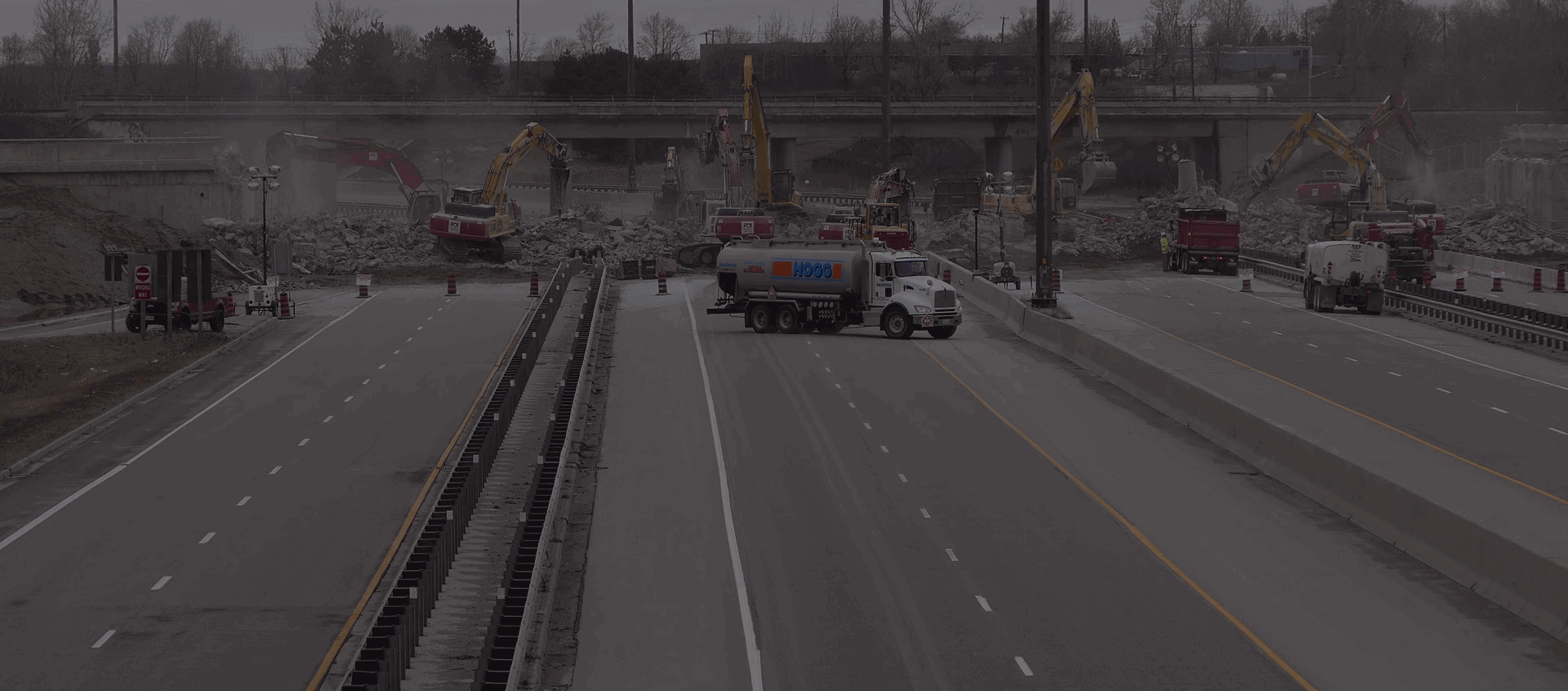

Our mission is to provide professionally trained Civil Engineers for all type of civil engineering services. Increase the supply of efficient & highly skilled Civil Engineers and serve the Civil Engineering Community.
Read More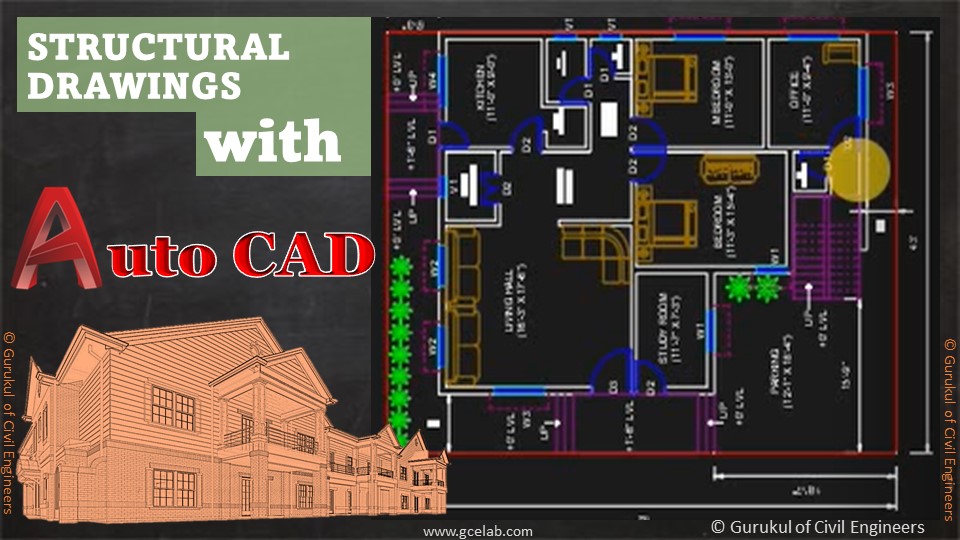
Preparing structure drawing is one of the most tedious tasks, to say the least, and when the structure is highly complex with plenty of structure details, that adds further complexities for CAD Technicians and Engineers. That’s why we develop this course and address various stages and procedures to develop Structure drawings using AutoCAD. The first module covers Introduction to AutoCAD and its basic interface. The module also shares all the details of the menu, command windows, pop-down windows and other operational details. The second module covers the basic setting of AutoCAD, basic functions, and interfaces. The third module explains how to use various toolbars in AutoCAD. Some toolbars are very useful for structure drawing preparation. The fourth module explains how to develop an architecture plan and develop each component of the plan layout. The fifth module is the continuation of architecture plan development and structure details development. The sixth module explains how to place columns in the building plan layout and then how to develop column layouts and associated details in the drawing. The seventh module explains how to place beams within the building plan layout and how to develop beam layouts and associated details in the drawings. The eighth module explains how to develop the Slab Layout of the building plan layout. The ninth module covers the shuttering layout development. The module also covers the foundation layout development. The tenth module covers the reinforcement detailing the process of beams, columns and slabs.
Read more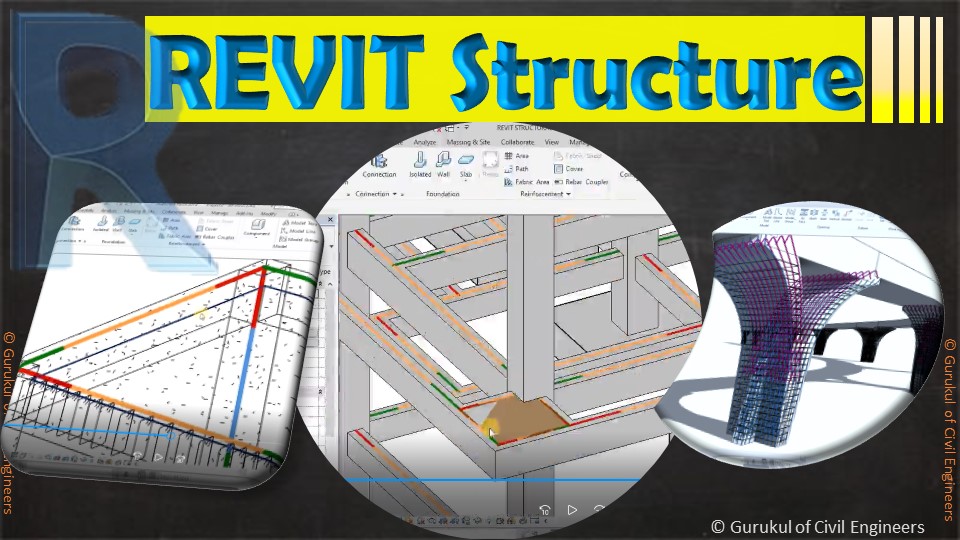
REVIT Structure is Autodesk' software for Structure Design or Structure Engineering. Revit performs structural analysis and exports the structural analysis and design by using the analytical model. REVIT simplifies the process to create structural details from a 3D model. It enables connecting to multiple structural analysis applications. It accelerates construction Modelling and that assists to gain better construction vision from the 3D Model. The first module covers Introduction to REVIT, its advantages and its basic settings. The second module covers the Interface of REVIT and functions. It discusses workspaces like project browser tab, property tab, toolbar tabs, etc The third module covers the usage of different toolbars in REVIT such as structure, system, analyse, massing & site, etc in a detailed manner. The fourth module covers REVIT Architecture Plan development. The module shows how to develop REVIT Architecture Plan (Ground Floor), 3D model development, etc. The fifth module covers the REVIT Architecture Plan development of upper floors. It module shows how to develop REVIT Architecture Plan (first floor, rooftop), staircase, 3D model development, etc. The sixth module covers dimensioning, tagging, naming each component of the building. The module also covers the placement of the furniture in each room, electrical appliances, etc. Finally, the module shows how to develop a sheet layout of plans, elevations and isometric views. The seventh module covers structure framing, structure modelling, foundation modelling, etc. The module also covers the modelling of beams, columns and slabs. The eighth module covers footing development and detailing. The module shows how to provide concrete reinforcement and steel bars within the footings. The ninth module covers columns, beams, slabs development and detailing. The module shows how to provide concrete reinforcement and steel bars within the columns, beams and slabs.
Read more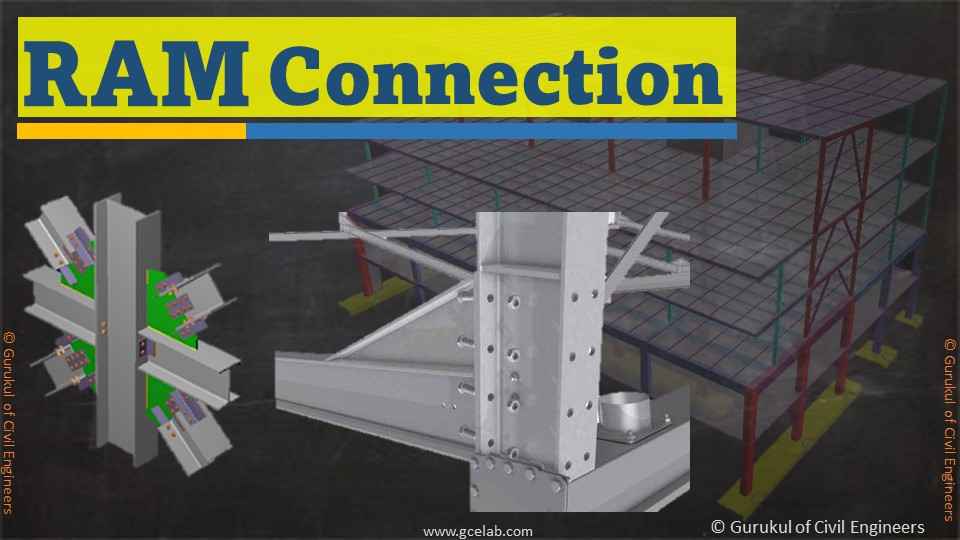
RAM Connection is a standalone software for steel connection design. RAM Connection is one of the best solutions for structural engineers to review steel connections of single or multiple joints of a steel structure. It permits engineers to customise a significant segment of the steel connection design to meet project needs as required. There is a big database with pre-built connections and it offers designers to select the required connection from the database. The first module covers the Introduction of RAM Connections, their basic settings and different types of pre-built RAM connections available within the database. The second module covers the interface of RAM connections. It talks about various tabs like browser tab, property tab, toolbar tabs, etc. The third module covers the RAM connection design of Beam-Column-Flange (BCF). The fourth module covers the RAM connection design of Beam-Column-Web (BCW). The fifth module covers the RAM connection design of Beam-Girder (BG). The sixth module covers the RAM connection design of Beam Splice (BS). The seventh module covers the RAM connection design of Column Splice (CS). The eighth module covers the design of Column Beam and Brace (CBB). The ninth module covers the design of VERTICSL V BRACING (VXB) The tenth module covers the design of Chevron Braces (CVR). The eleventh module covers Base Plate Design Connection and Base Plate With Brace design. The twelfth module covers Tapered Column Rafter Knee Connection.
Read more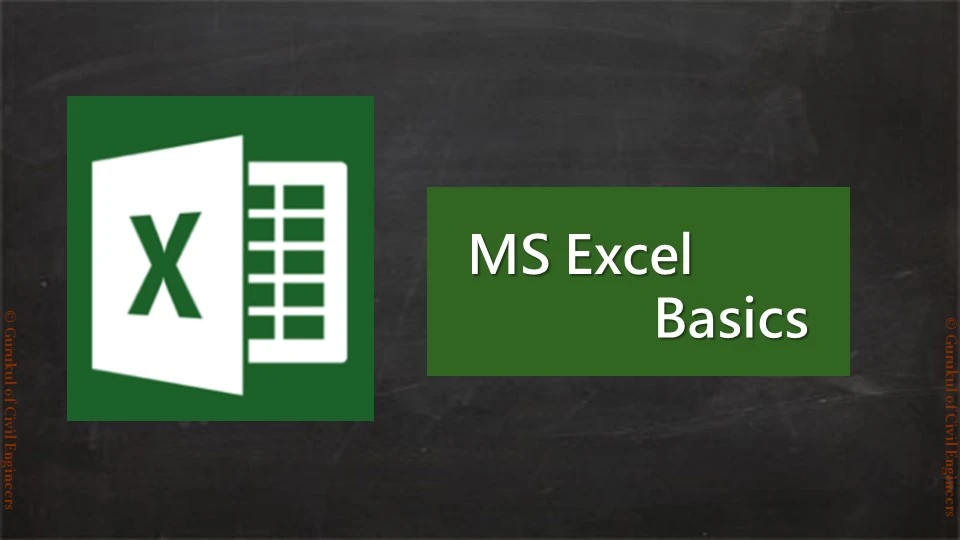
If you are an Excel learner and want to learn Excel, this is the ideal course for you to start. The course gives you the opportunity to learn to excel from basics to complex levels. In the first module, you will learn about the following topics -Launching Excel, start-up window, quick access toolbar, Ribbons, and Open/Save excel sheets. In the second module, you will learn how to create spreadsheet titles, working numeric data, cell references, and basic formula operations. In the third module, you will learn excel functions like sum, minimum, maximum, average, count, and auto-sum. In the fourth module, you will learn the move, copy data in excel. The module provides details of commands like insert, delete rows/ columns. The module also provides the process of changing height, the width of cells, hiding/ unhiding cells, renaming excel sheets, deleting sheets, etc. In the fifth module, you will learn font formatting, customization, border cells, Module also provides details formatting data, format painter, Merge & centring, etc. In the sixth module, you will learn process inserting images, inserting shapes, and formatting various excel shapes. In the seventh module, you will learn how to create Bar Charts. The course provides a detailed process of addition and modification operations of the Bar Chart. The course also provides a complete process of Pie Chart creation and modification. In the eighth module, you will learn, how to sort data in an Excel sheet. The course also provides a detailed process of Data Filtering command.
Read more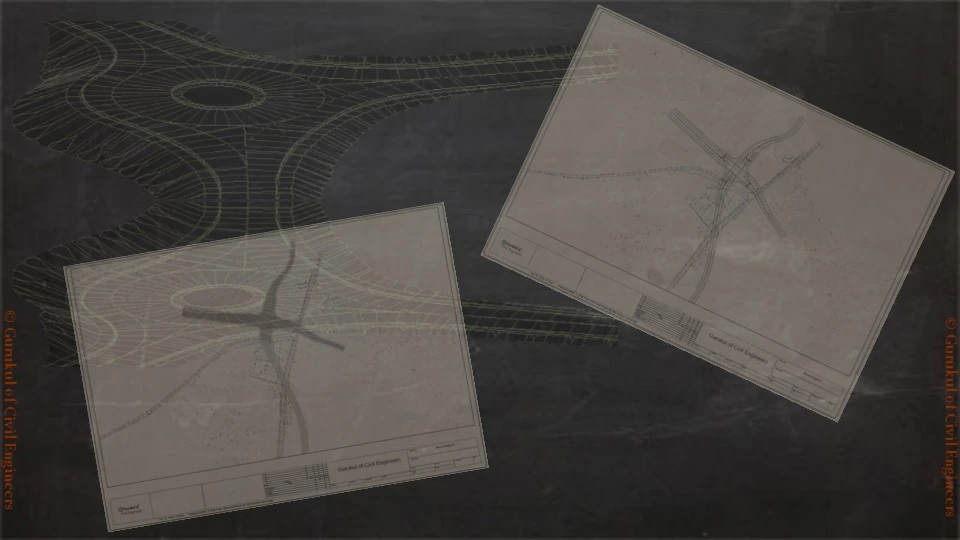
“Highway Drawings with CAD” course covers details process of drawing creation considering highways features as the prerequisite. Preparation of highway drawings, needs to use various xrefs such as highway xref, road marking xref, pavement xrefs, etc. The course provides a comprehensive process to create highway drawing from scratch to printing final PDFs. The first module provides the operation process of the X-ref manager. It provides all the details of subcommands within xref window and how to operate it. It also demonstrates the process to create an xref and how to attach it with other drawings. The second module provides an operation process of drawings sheet production. It covers the process to set the drawing layouts with xrefs and then provides the details of sheet layout setting along with printer setting. Lastly, it covers the printing PDF process to generate hard copy drawings. The third module runs a pilot to generate pavement drawings. it covers step by step process to create pavement xref, layer creation of each pavement types, sheet layout setting, title frame setting, legend, notes, scale setting and finally printing drawings as PDF process.
Read more
Skill Improvement Leads to Employability:- GCE Evaluates & Provides a Detailed Performance Result.
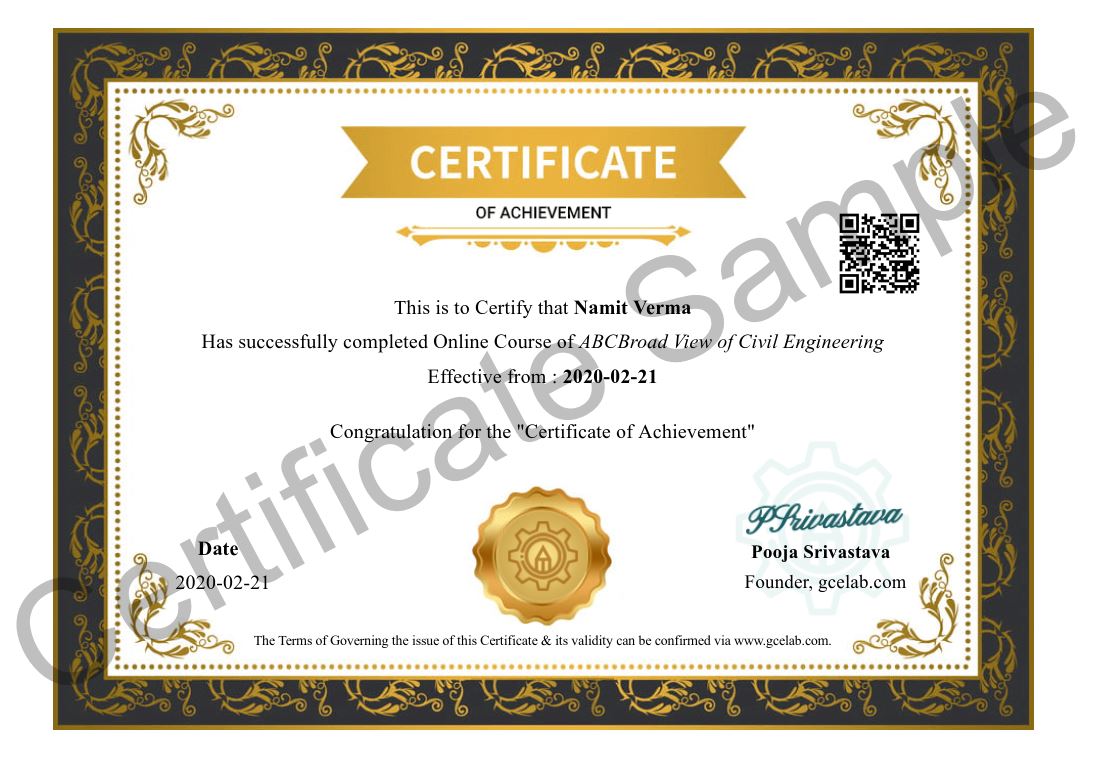
At GCE, we provide course completion certificates of all courses. Our certificate comes with unique QR Code to validate it online & download it whenever needed.

We build your CV with professionally designed Resume Builder Application. Our Resume Builder is not just another resume creation tool; it is the finest tool to present your career graph.
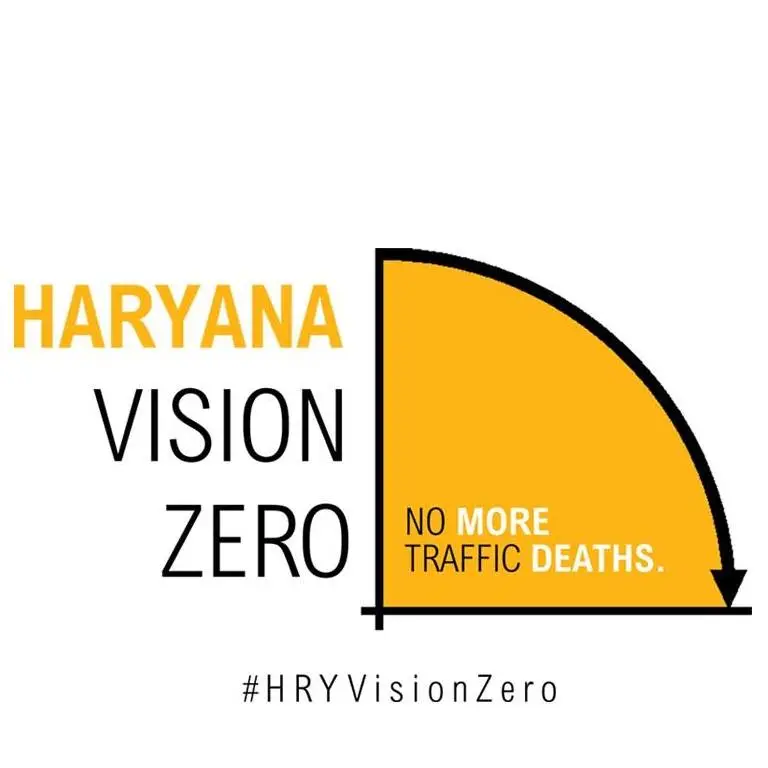


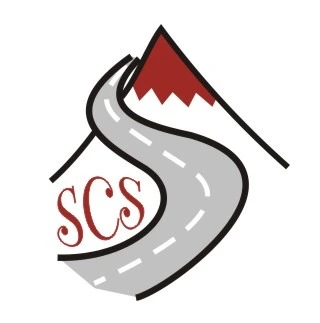

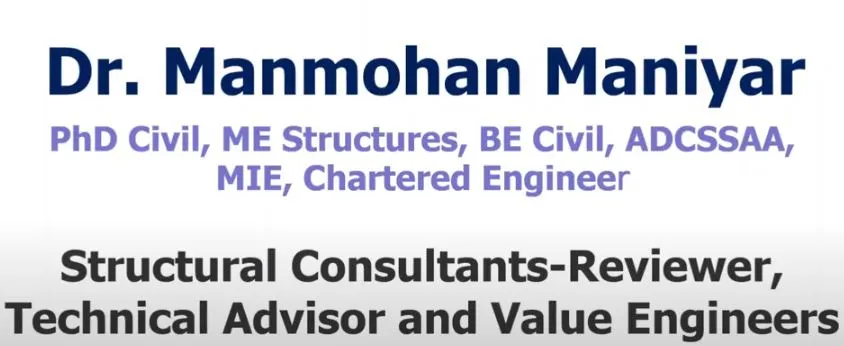







Our mission is to provide professionally trained Civil Engineers for all type of civil engineering services....
Copyright © 2025 Gurukul of Civil Engineers | All Right Reserved | Design & Developed By Ntier Infotech India.



